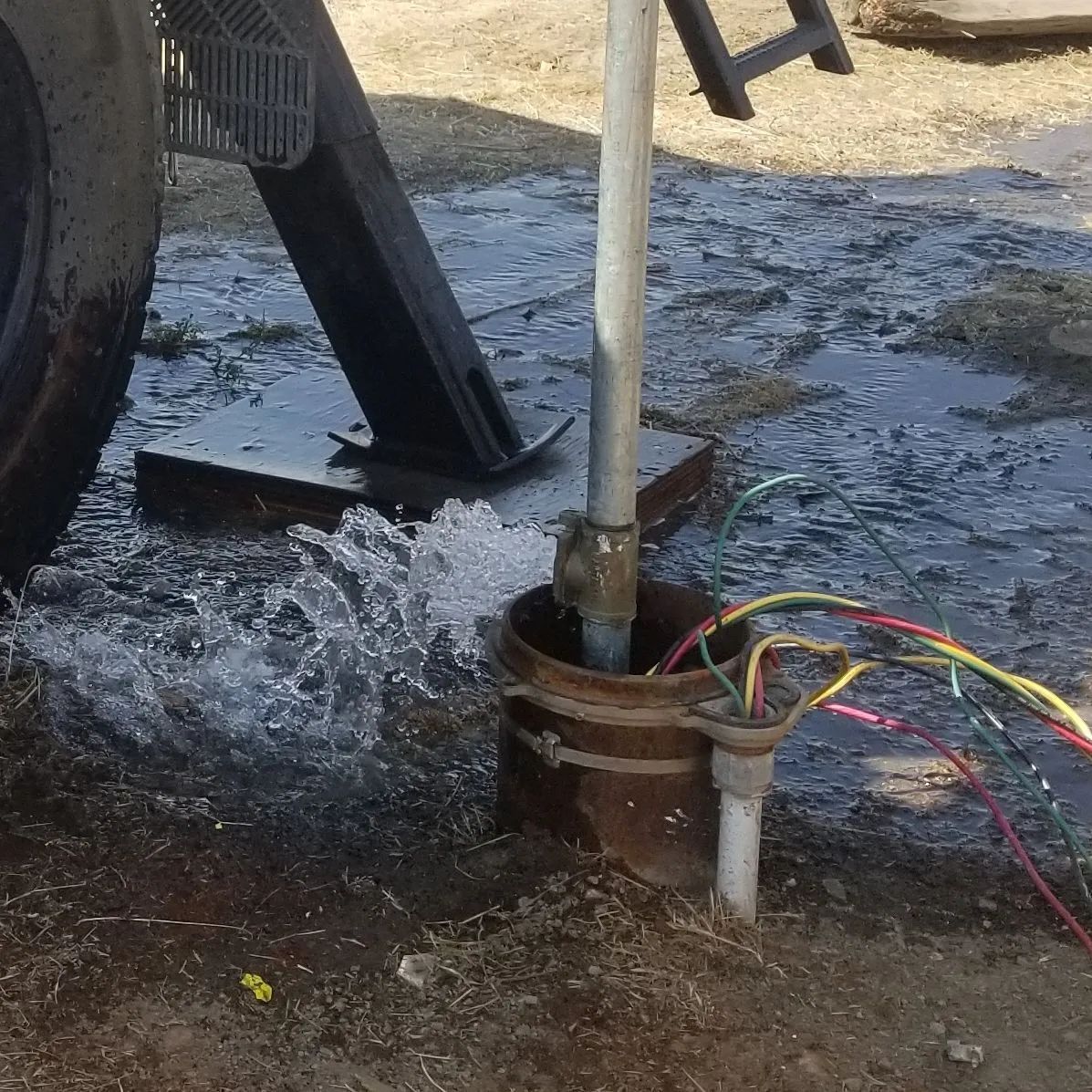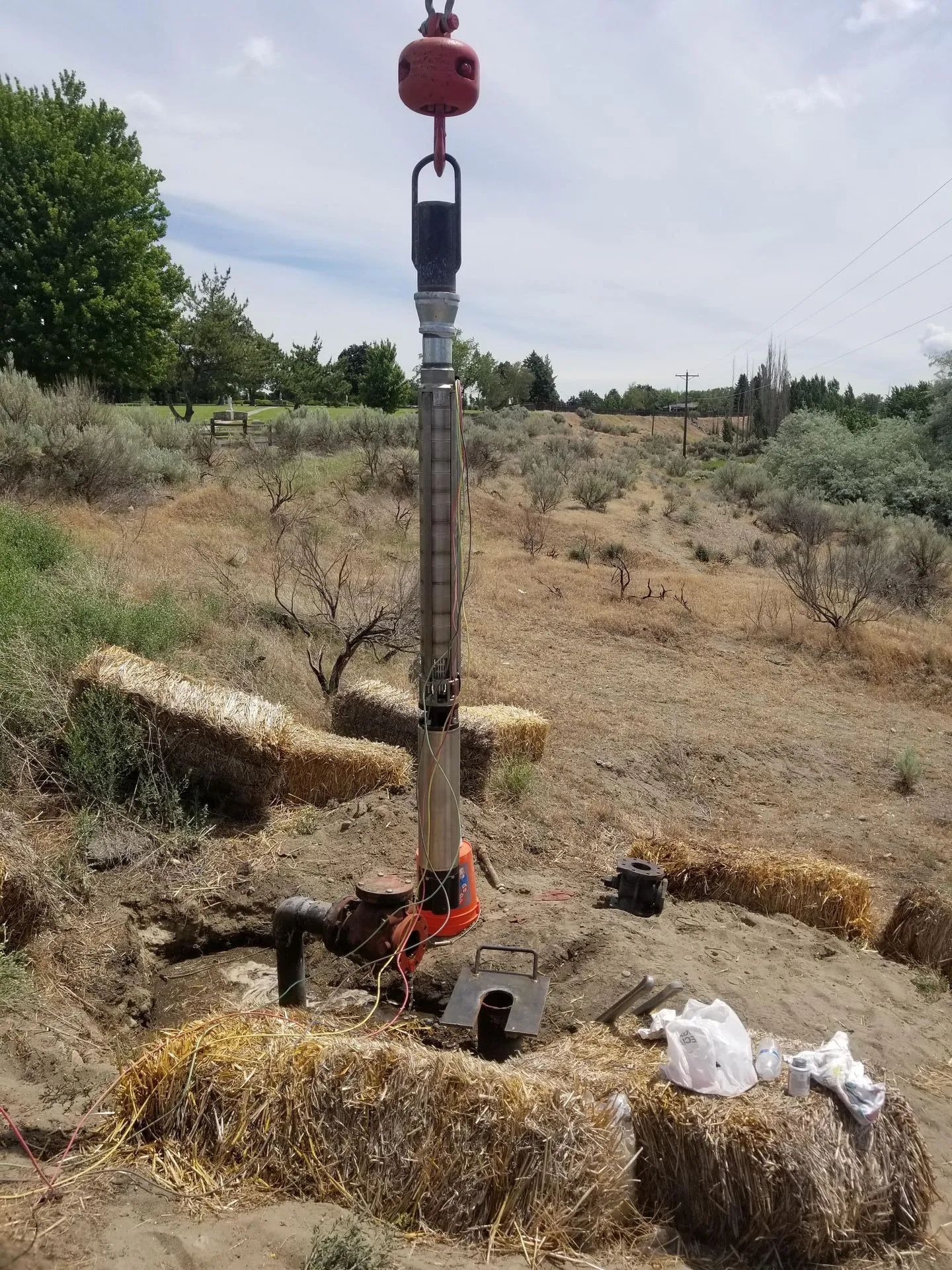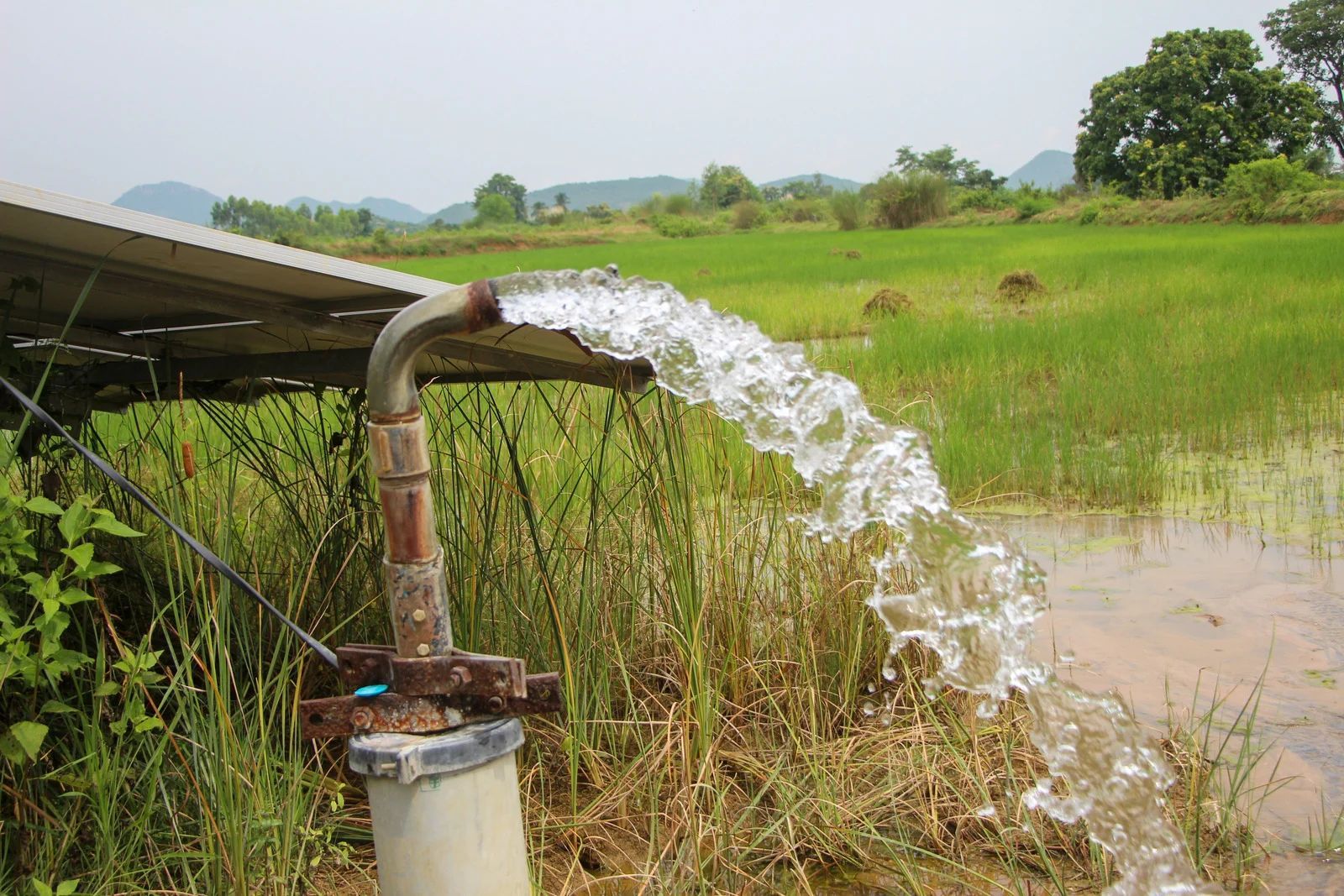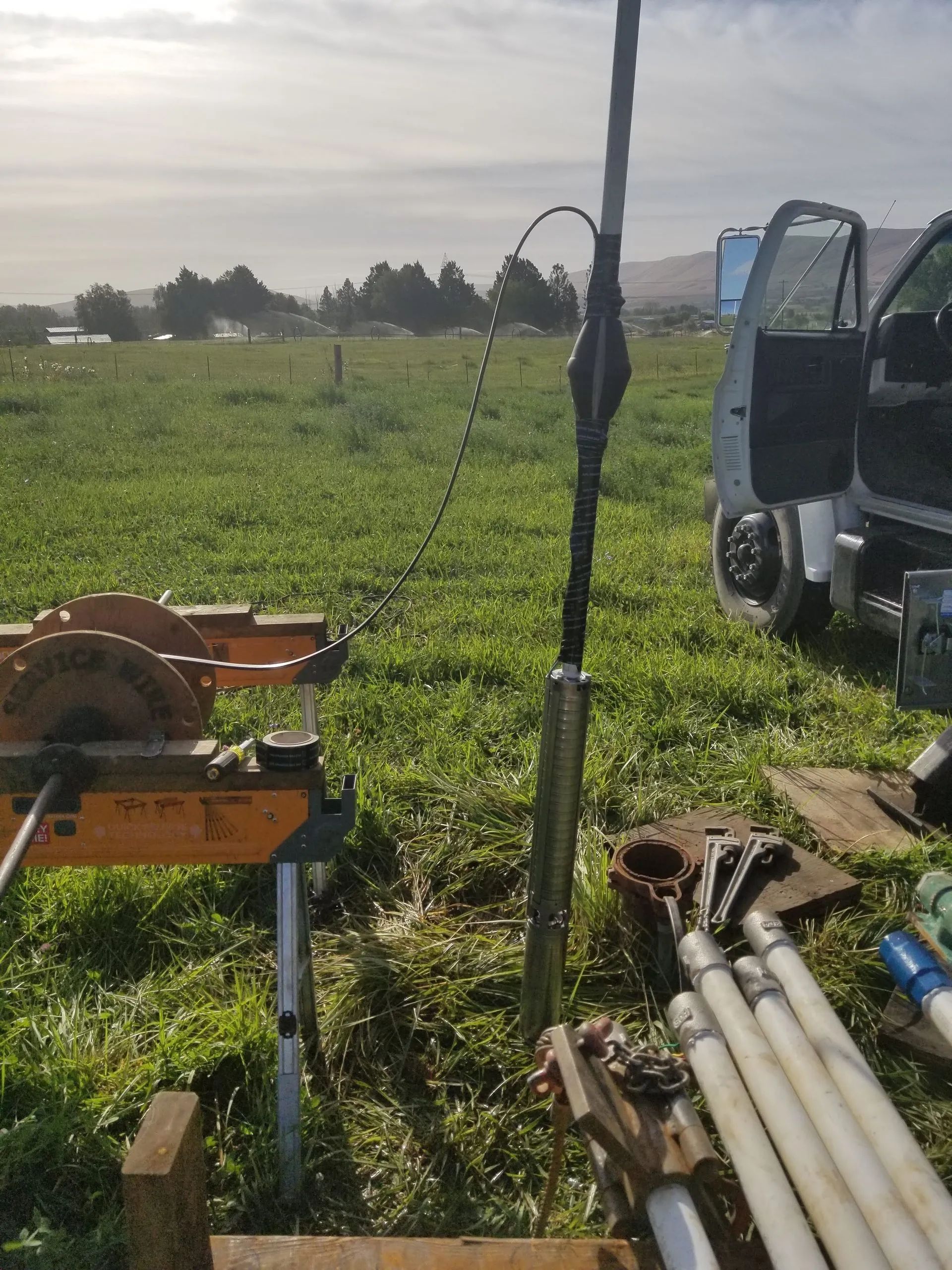Complete Guide to Well Pump Installation for Homeowners

Installing a well pump is one of the most important steps in ensuring your home has a consistent and safe water supply. Whether you’re building a new property or replacing an old system, understanding the well pump installation process helps you make smarter decisions and avoid costly mistakes. From selecting the right type of pump to ensuring proper setup and testing, every step impacts the long-term performance and reliability of your water system. In this guide, we’ll walk you through the essentials of well pump installation so you can feel confident about your home’s water source.
1. Assessing Water Needs and Well Specifications
Before any installation begins, a thorough assessment is necessary. This includes evaluating your household’s daily water usage, determining the depth and yield of your well, and identifying the appropriate pump size and type. Submersible pumps are common for deep wells, while jet pumps may be used for shallower systems.
2. Choosing the Right Pump System
Selecting the correct pump involves more than just depth. Factors like well casing diameter, static water level, recovery rate, and electrical availability all play a role. Your installer will also consider whether a single-phase or three-phase motor is appropriate for your home’s power supply. A properly sized and matched system improves efficiency and reduces long-term wear.
3. Preparing the Well and Components
Once the pump type is selected, the well must be cleaned and prepared. This may involve flushing sediment or testing for contaminants. Components like drop pipes, safety ropes, wire splices, and check valves are inspected and organized. Proper sealing of the well cap is essential to prevent contamination.
4. Installing the Pump and Electrical Connections
The pump is carefully lowered into the well using support tools, making sure it sits at the correct depth to avoid both sediment and dry running. Secure electrical wiring and waterproof splices are connected to the control box or pressure switch. A pressure tank is typically installed nearby to regulate system pressure and reduce pump cycling.
5. Testing the System for Performance and Safety
Once everything is in place, the system is primed and tested for proper function. This includes checking flow rate, pressure consistency, switch operation, and overall water quality. Installers will ensure the system meets local code requirements and safety standards.
6. Final Adjustments and Homeowner Education
After installation, final adjustments are made for optimal performance. Homeowners are also educated on routine maintenance, warning signs of trouble, and how to safely operate and monitor the pump system. This knowledge helps ensure the longevity and reliability of the entire setup.
Trust the Experts for Seamless Installation
A well-installed pump system can serve your home reliably for decades—but only when it’s done right. At Precision Pump and Well Services, we bring over 50
years of experience to every project in Benton City, Washington. From selecting the right equipment to performing expert installation and testing, our team is committed to ensuring your water supply is safe, strong, and dependable. Whether you’re installing a brand-new system or upgrading an old one, choose Precision Pump and Well Services
for trusted workmanship and long-term peace of mind. Reach out today to get started!




